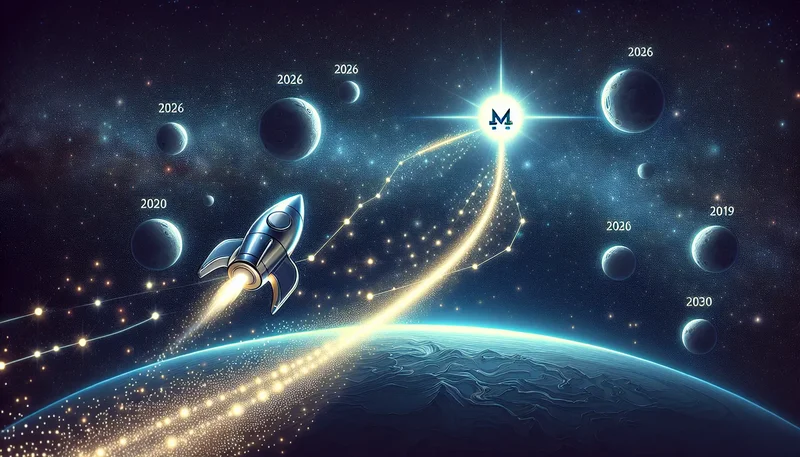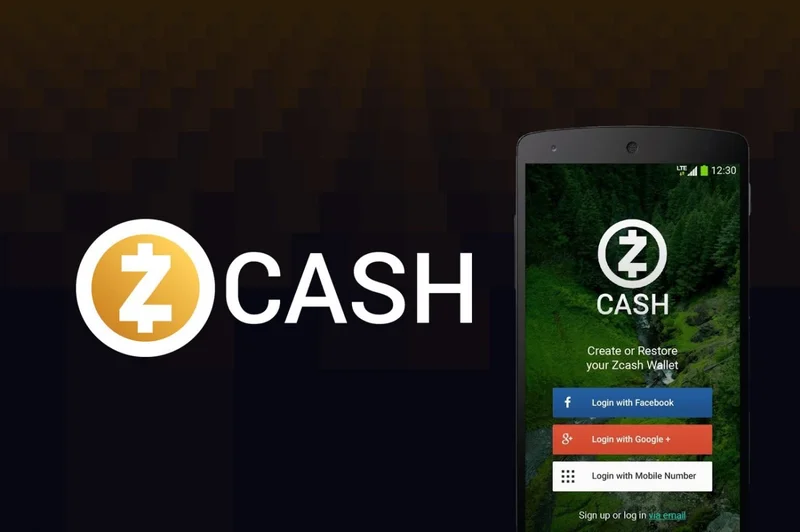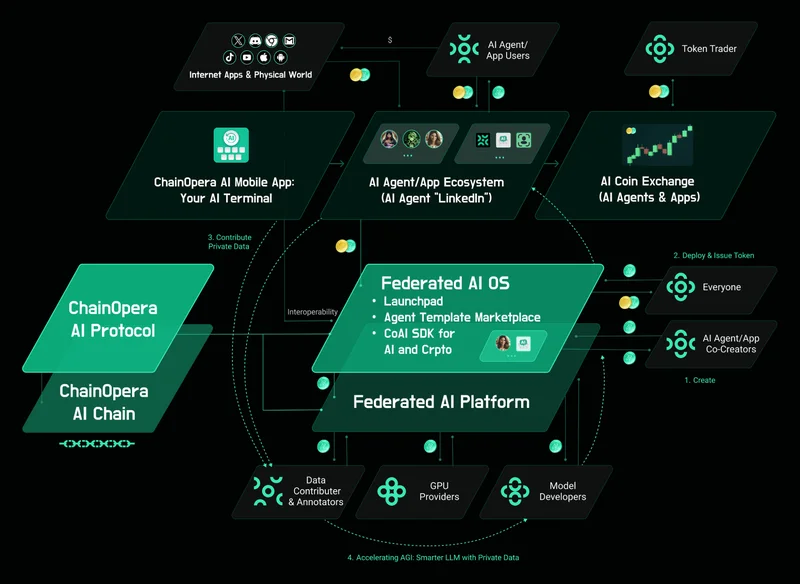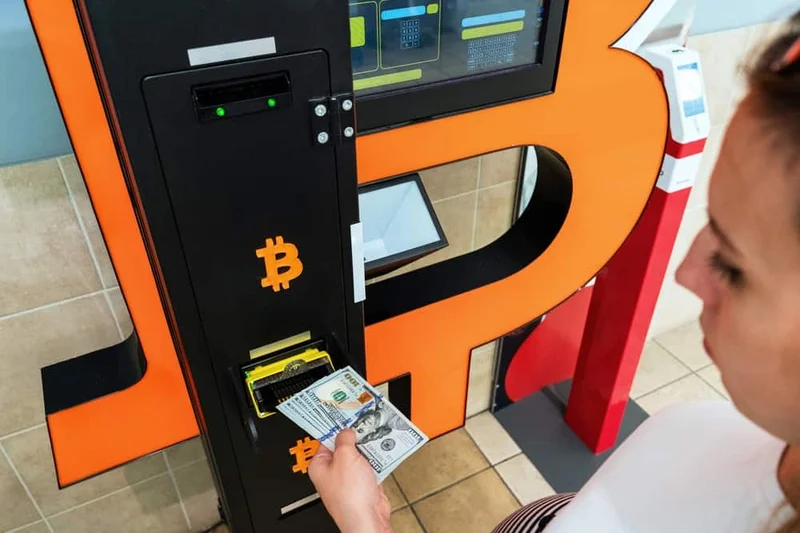The Unexpected Genius of Corn: Why Its Versatility from Street Corn to Syrup is a Glimpse of the Future
The headlines on Tuesday morning were uniform, and uniformly glum. "Grain prices slumped," they declared. "Analysts Miss the Mark." The numbers out of the USDA’s latest quarterly stocks report painted a picture of oversupply. A world awash in corn. Specifically, the report on old crop corn stocks—in simpler terms, the leftover grain from the previous harvest sitting in silos and bins as of September 1st—came in almost 200 million bushels above what the experts predicted.
To the markets, this is a problem. A glut. A reason for red arrows and furrowed brows. But I have to tell you, when I saw those numbers, I felt a surge of something else entirely: pure, unadulterated optimism.
We are so accustomed to the narrative of scarcity that we fail to recognize the paradigm-shifting power of abundance when it’s staring us right in the face. We see a surplus of corn and think of falling prices for farmers. And that’s a real, immediate concern we must address with better systems. But we're missing the forest for the stalks. The real story isn’t about a temporary dip in commodity futures. The real story is that we have become so spectacularly good at producing the foundational biological fuel for our civilization that we are now facing the glorious, unprecedented "problem" of having too much of it.
This is the kind of breakthrough that reminds me why I got into this field in the first place. It’s a quiet signal, buried in a government report, that we’re at an inflection point. Think about it. The printing press made information abundant, and it led to the Renaissance. The microchip made processing power abundant, and it led to the digital revolution. What happens when the very calories that power human life become this plentiful? What new renaissance is waiting to be unlocked?
You don’t just get more of the same. You get something entirely new. You get transformation.
When Corn Becomes a Cathedral
From Sustenance to Spectacle
To understand what I mean, you have to look past the data tables and head to a 40-acre patch of land in Dixon, California. There, a man named Taylor Cooley isn't just dealing with a corn surplus; he's turning it into a work of art, a grand-scale human experience. He runs Cool Patch Pumpkins, home to a corn maze so vast it has twice been crowned the world's largest by the Guinness Book of World Records.
This isn’t just a few rows of corn with a path cut through. This is an elaborate, hand-carved design celebrating farmers, a sprawling puzzle of `corn husk` walls that takes the average person 45 minutes to solve. People travel from all over, not to eat the corn, but to get lost in it. “It is confusing. It’s exciting,” Cooley says. “In a world of GPS and constant signage, you always know where you are… When you’re in the corn, everything looks the same.”
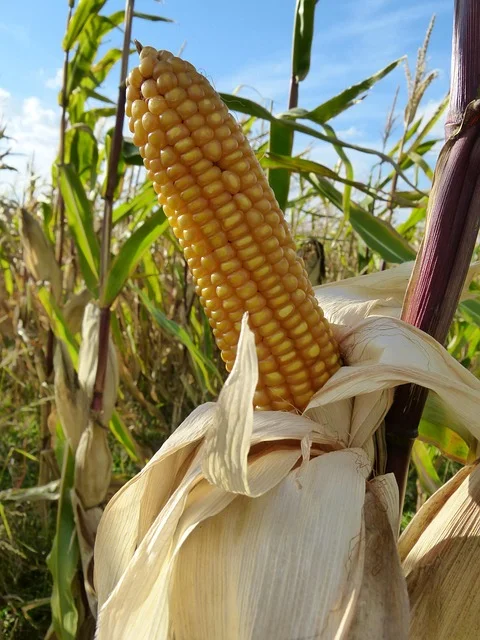
He’s using the fundamental output of our agricultural system—a system that has produced a 2.12 billion bushel wheat surplus and revised its own corn production estimates upward by 25 million bushels—and he’s building a cathedral of bewilderment and joy. He’s turning a raw material into a memory. This is the critical leap we fail to see. This is what happens when a resource becomes so abundant it can be used not just for survival, but for play. For art. For connection.
The sheer imaginative power of this is what’s so staggering—it means we’re moving from a civilization defined by meeting basic needs to one defined by creating transcendent experiences, and the raw materials for both are flowing from the very same fields. One visitor, Shelly Tang, joked that if her family gets truly lost in the maze, “there is always corn to eat.” It’s a funny line, but it’s incredibly profound. The maze can exist precisely because the fear of starvation, the corn’s primary purpose for millennia, has been so thoroughly conquered.
What else can we build when the foundational blocks of civilization are this cheap and plentiful? When `corn syrup` and `corn starch` are not just ingredients but the starting points for bioplastics, renewable fuels, and complex new materials? When we have so much grain that we can fill a "corn bath" with 150,000 pounds of it for toddlers to play in, as they do at Cooley's patch?
Of course, this power comes with a profound responsibility. An abundance of food in one part of the world doesn't automatically solve hunger in another. Our systems of distribution and equity must evolve as quickly as our systems of production. But that is a challenge of logistics and will, not one of fundamental scarcity. For the first time in history, the limitation is no longer in our fields, but in our imagination.
The USDA report tells us we have 1.53 billion bushels of old corn. The markets see a liability. I see 1.53 billion building blocks for a future we’re only just beginning to design. We are living in a world of such productive might that we can afford to build beautiful, temporary labyrinths just for the fun of it. If that isn’t a sign of progress, what is?
The Scarcity Engine is Running on Fumes
Forget the market jitters. The quiet data point about surplus corn is one of the most hopeful signals about our future you will ever see. It’s proof that humanity’s oldest problem—producing enough food to survive—is becoming a solved equation.
The next great human project isn’t about fighting for scraps. It’s about deciding what masterpieces to build with the bounty we have created. It’s time to get lost in the maze of possibilities.
Reference article source:
Related Articles
Monero's Privacy Push: Price Surge vs. Bitcoin and Zcash – What Reddit is Saying
The Privacy Coin Pump: An Anomaly or the New Normal? Monero (XMR) is up 15% today, hitting $418. Zca...
Zcash: The Data Behind the Price Surge and What Reddit Gets Wrong
The recent performance of the Zcash coin (ZEC) was, by any quantitative measure, an extreme outlier....
ChainOpera AI's 2,200% Surge: The Real Math Behind Its Explosive Growth and What Comes Next
The Anatomy of a Hype Cycle, or a Glimpse of the Future? There are moments in the market when an ass...
Crypto ATMs: What They Are and Why They're a Total Scam
Your Neighborhood Bitcoin ATM is a Scam Magnet. Why Is Anyone Surprised? So, California finally slap...
MetaMask: What It Is, How to Get It, and Why the Hell You'd Bother – What Reddit's Actually Saying
Welcome to the Crypto Wild West: Google's Search Bar Edition Alright, let's cut the corporate BS. Wh...
Pi Network: Value Speculation vs. Testnet Reality
Generated Title: Pi Network's Big Play: Is ISO 20022 a Game-Changer or Just Noise? There's a specifi...
